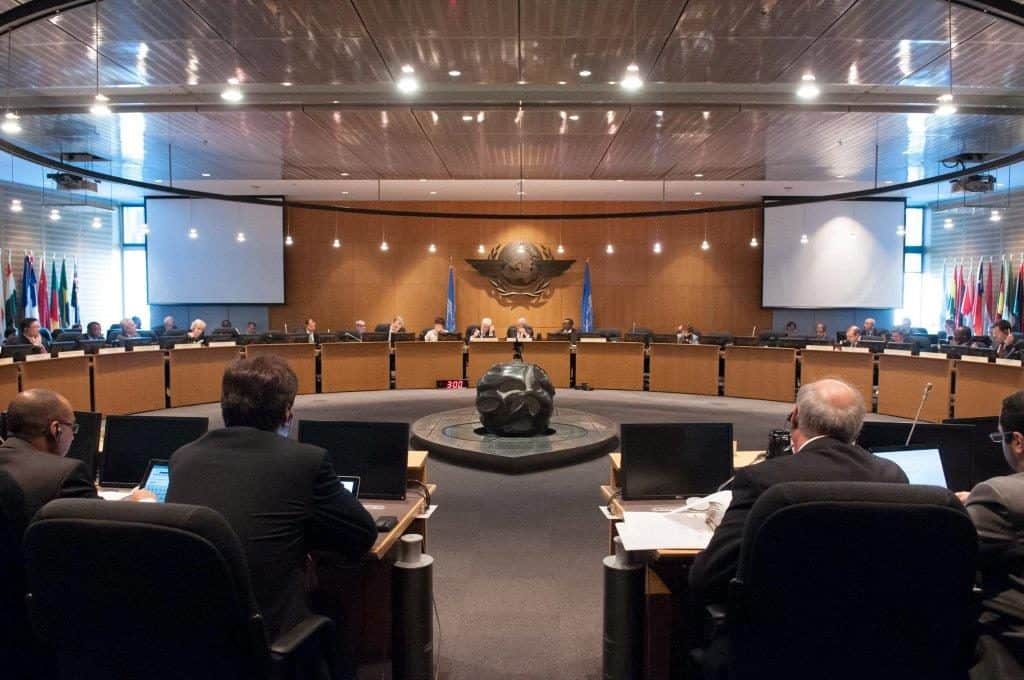Airline emissions account for 2 percent of global greenhouse gas emissions and, without stronger measures, would triple by the year 2050. There was a lot of attention in the news recently when ICAO Member States agreed to two policies that will help us meet an important carbon-neutral goal: 1) international CO2 standards for aircraft; and 2) a market-based mechanism to offset aviation emissions with reductions in other sectors.
Meeting the carbon-neutral goal called for efficiency improvements to reduce fuel use, new alternative fuels, operation improvements, and infrastructure upgrades…and new standards.
So, just how does ICAO develop Standards and Procedures for International Civil Aviation?
It takes time. Developing international civil aviation Standards and Recommended Practices (SARPs) and Procedures for Air Navigation Services (PANS) follows a structured, transparent and multi-staged process – which is often referred to as the ICAO ‘amendment process’ or ‘standards-making process’.
The process involves a number of technical and non-technical review bodies, which are either within or closely associated with ICAO (working groups, task forces, committees, panels, etc.), and which are generally composed of State and industry Subject Matter Experts (SMEs).
New items are added to the ICAO Work Programme after formal reviews by ICAO’s Secretariat, Air Navigation Commission (ANC: the main technical advisory body to the ICAO Council) and the 36-State ICAO Governing Council.
Specific matters to be assessed are derived from multiple sources, including accident investigation report recommendations, ICAO Assemblies, regional bodies, individual States, and industry.

Once an expert group has submitted its recommendations on a specific work programme item, they are reviewed by the ANC and then transmitted to States and industry for review. The ANC considers all relevant feedback and fine-tunes its final recommendation for the ICAO Council’s ultimate consideration and possible adoption. Final ANC recommendations would also include full impact assessments and implementation plans.
How long does it take for States to develop and agree on a new civil aviation Standard through ICAO?
Though typically, it takes approximately two years for an initial proposal for new or improved Standards and Recommended Practices (SARPs) or Procedures for Air Navigation Services (PANs) to be formally adopted or approved for inclusion in a Convention Annex or a PANS manual – occasionally, this timescale can be expanded or compressed depending on the nature and priority of the proposal under consideration.
Throughout the process, all those concerned may review all aspects of the context and actions being considered, and Council, at its discretion, may also recommend certain matters for consideration by the full ICAO Assembly (which is held once every three years with all 191 ICAO Member States in attendance).
Over 12,000 SARPs and PANS have been developed and amended over the last seven decades, supporting a harmonized and truly worldwide civil aviation network as it safely and efficiently fulfills its rapid global connectivity mandate for states, businesses and societies.
